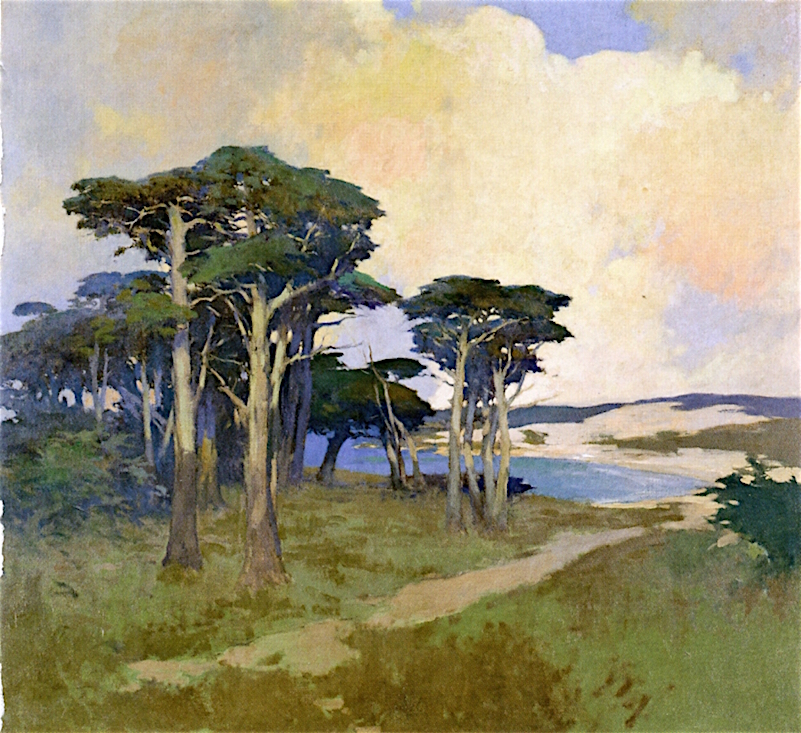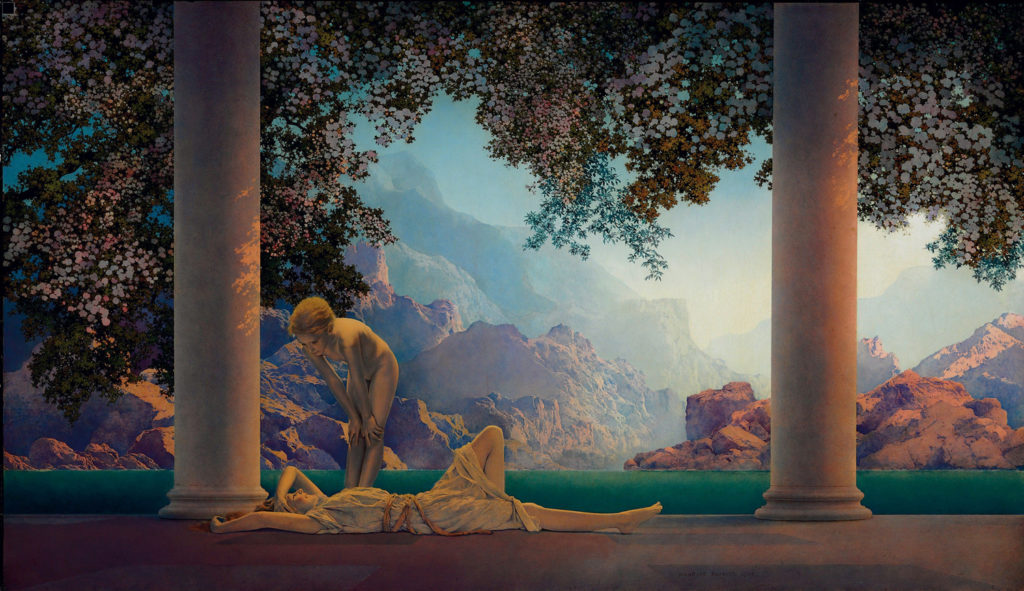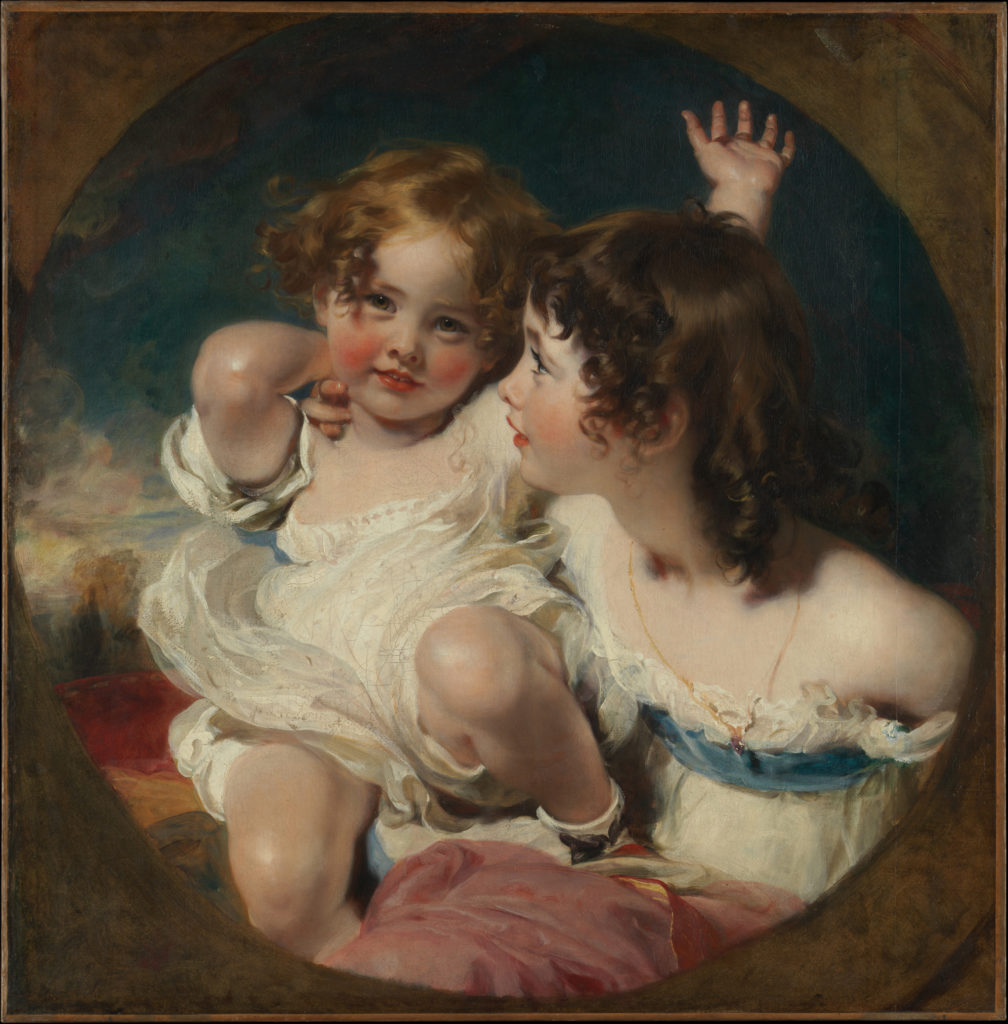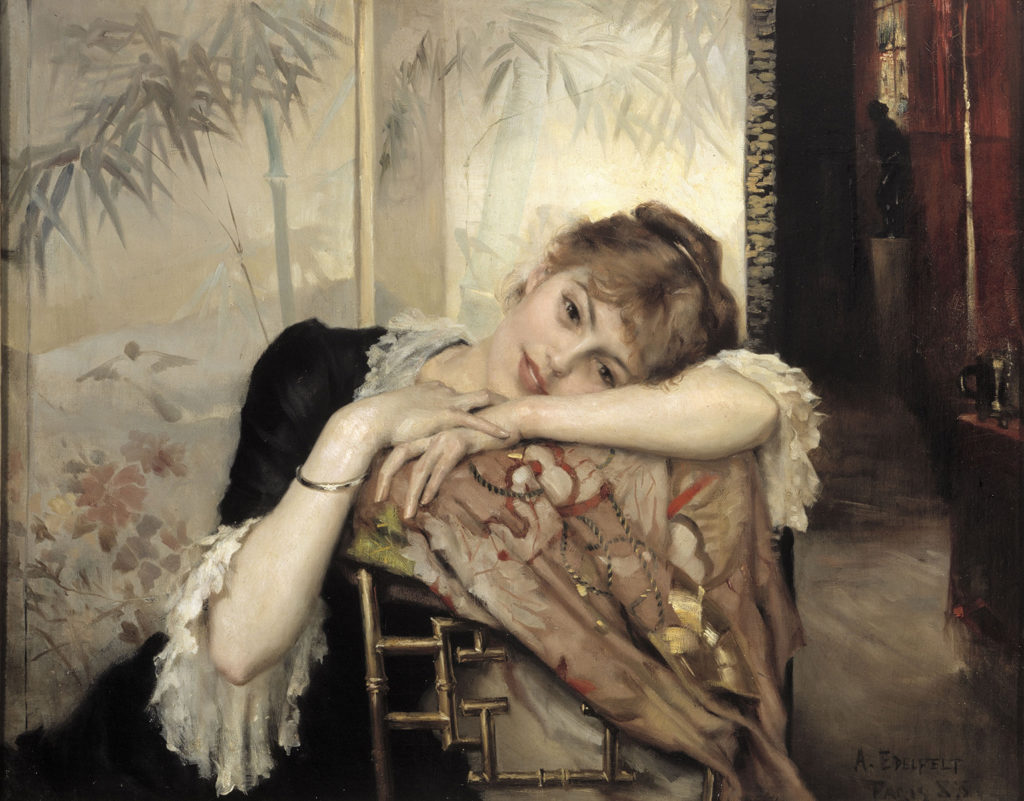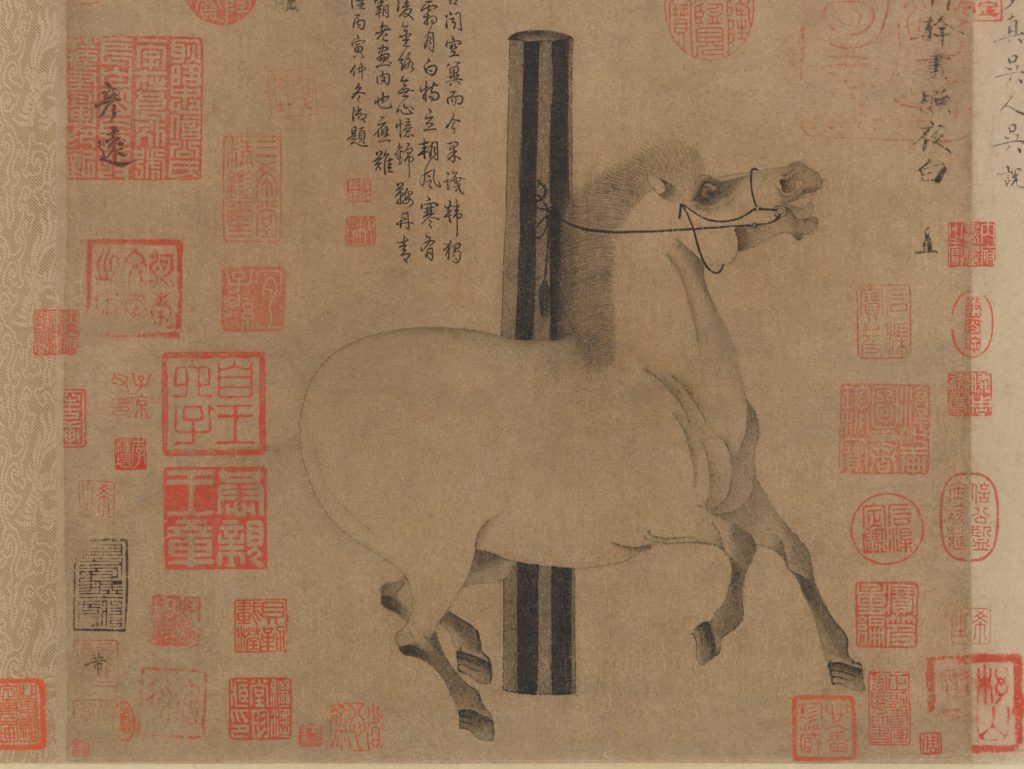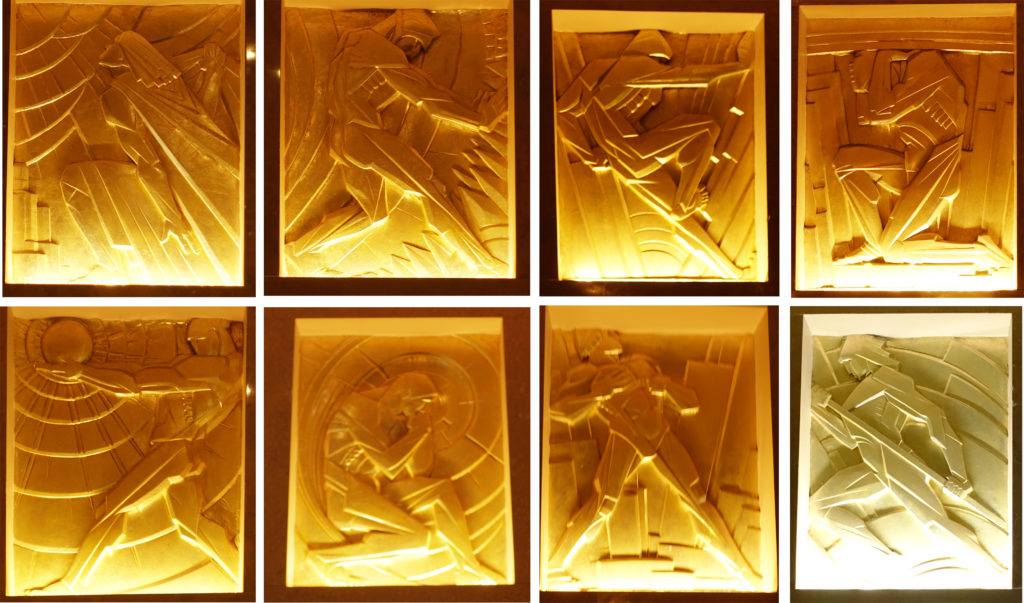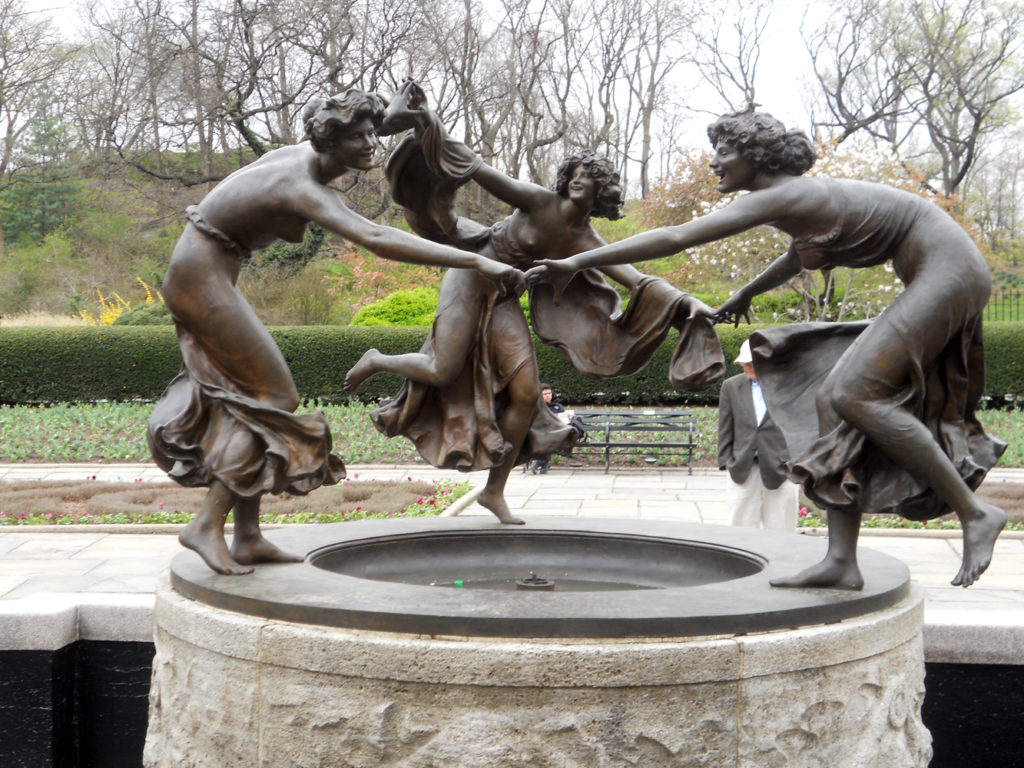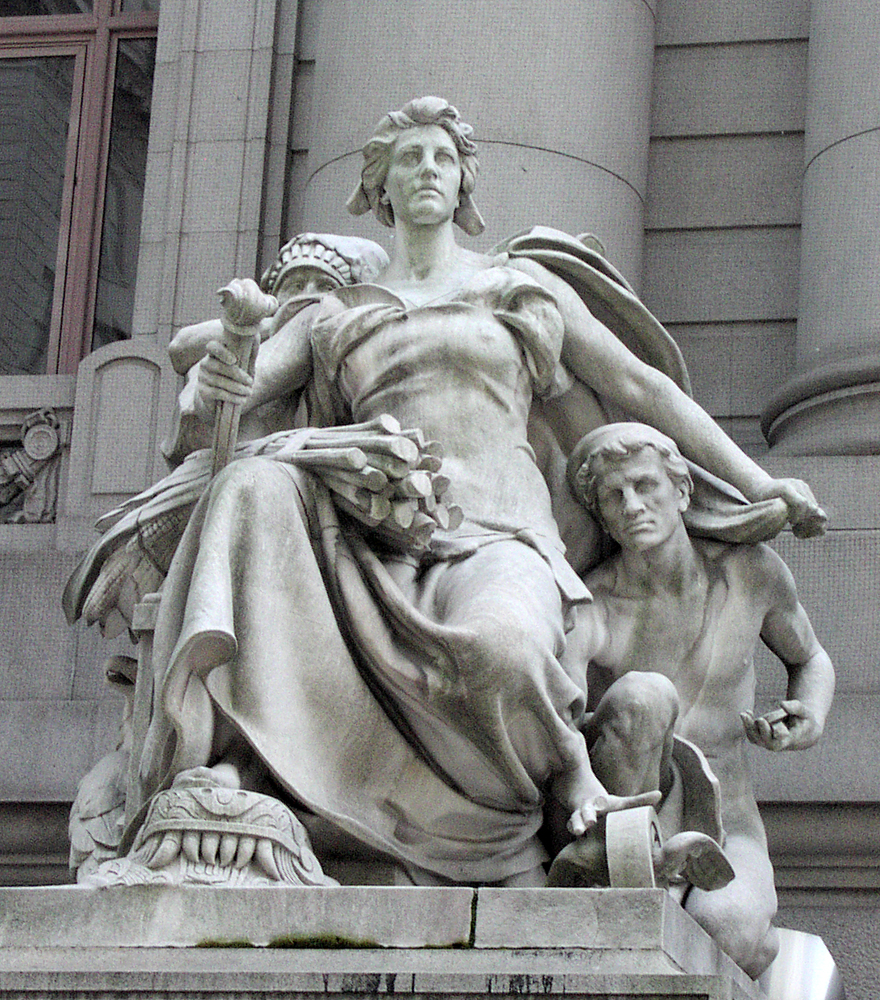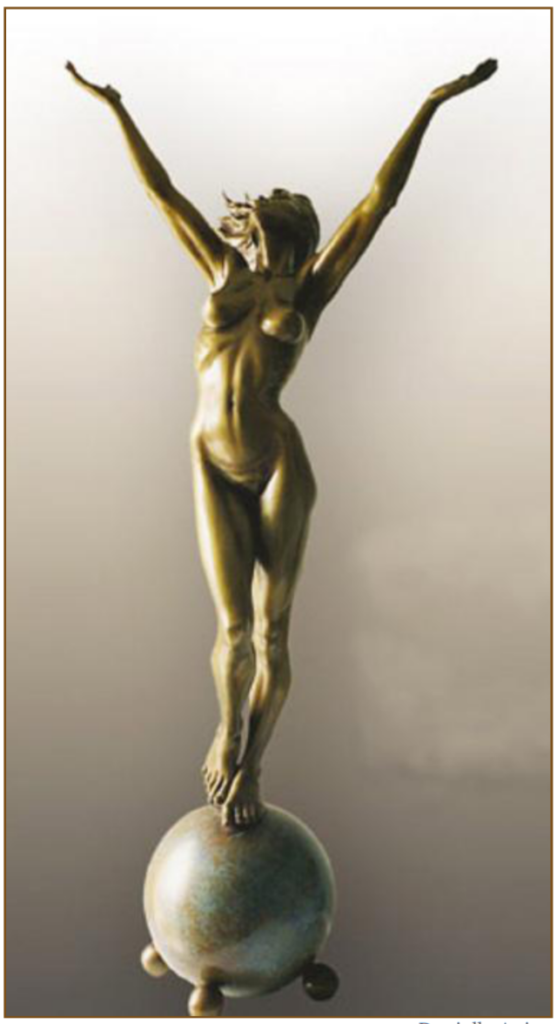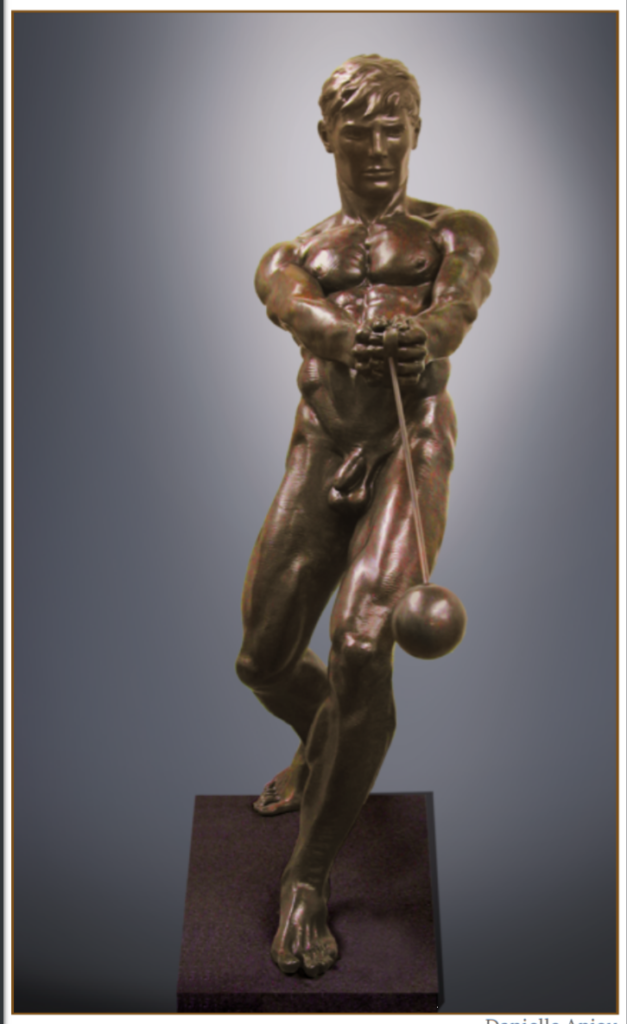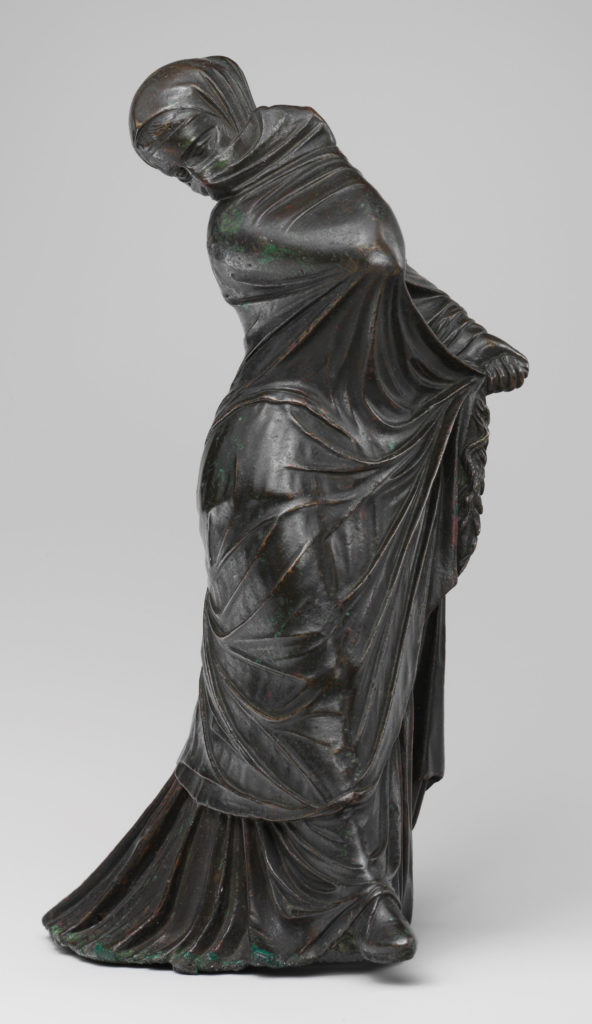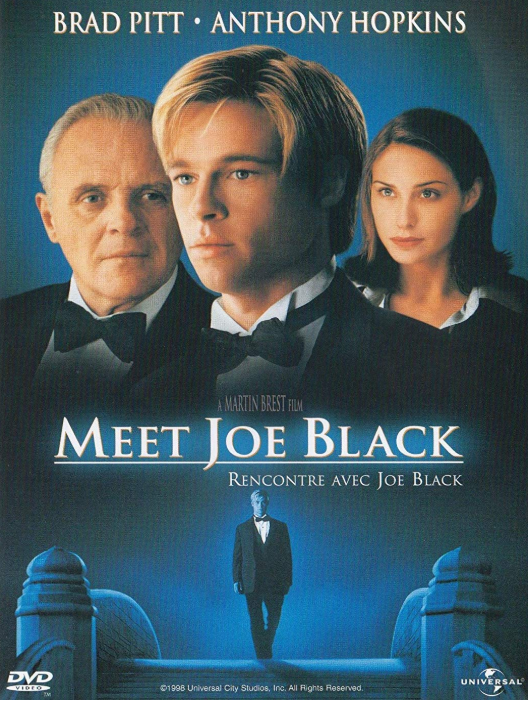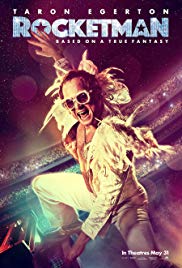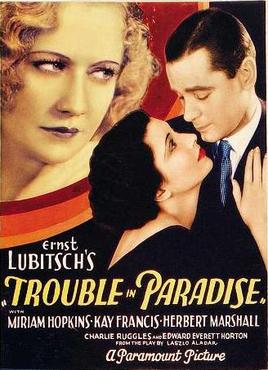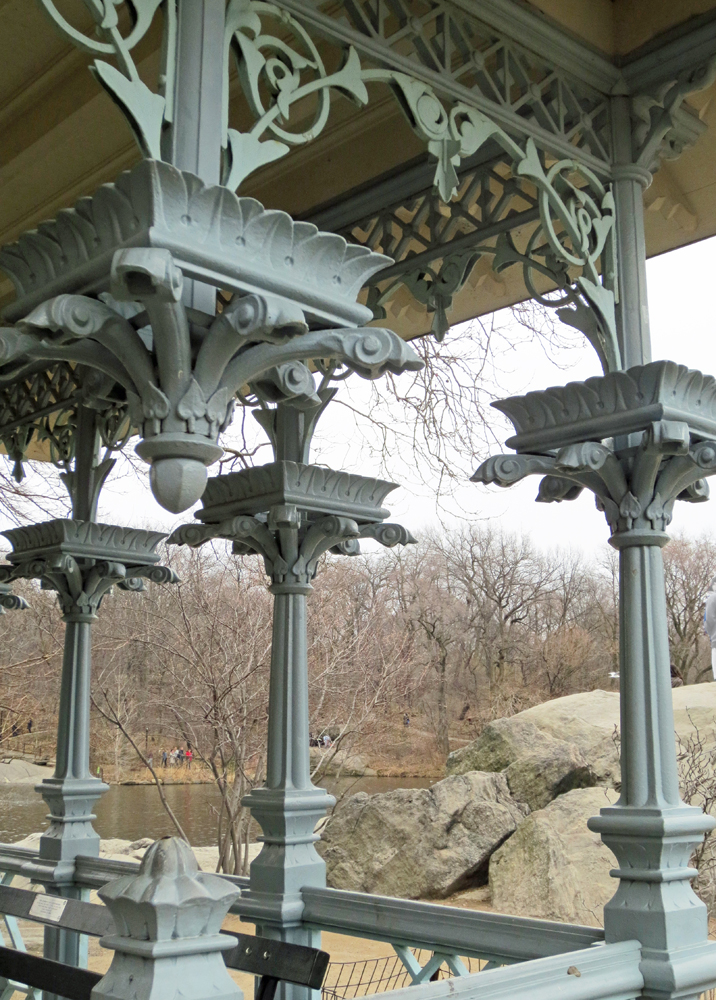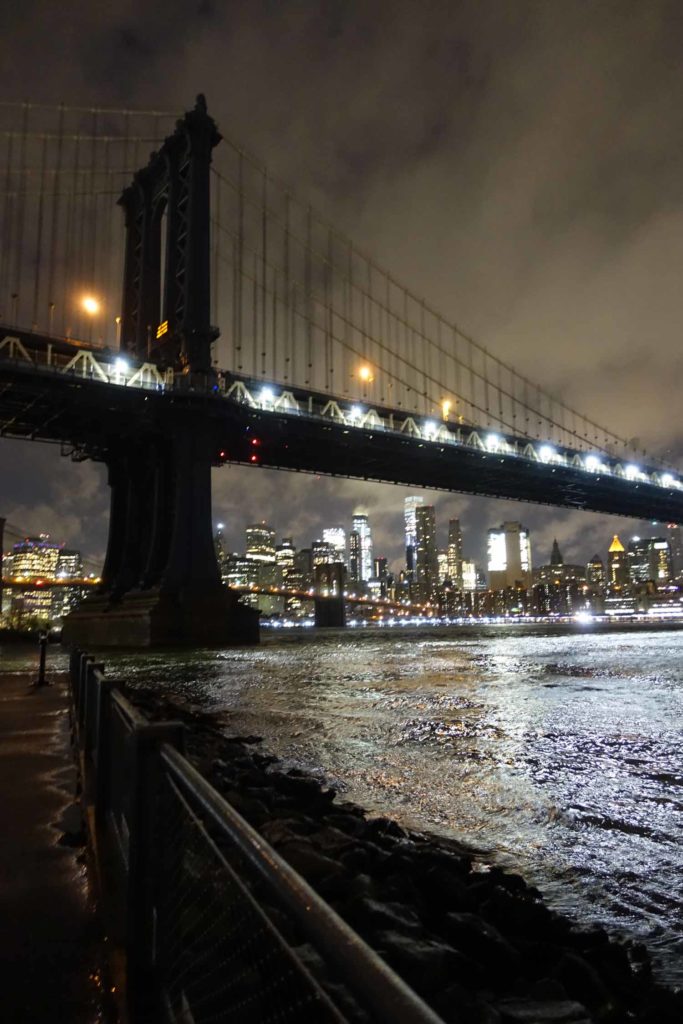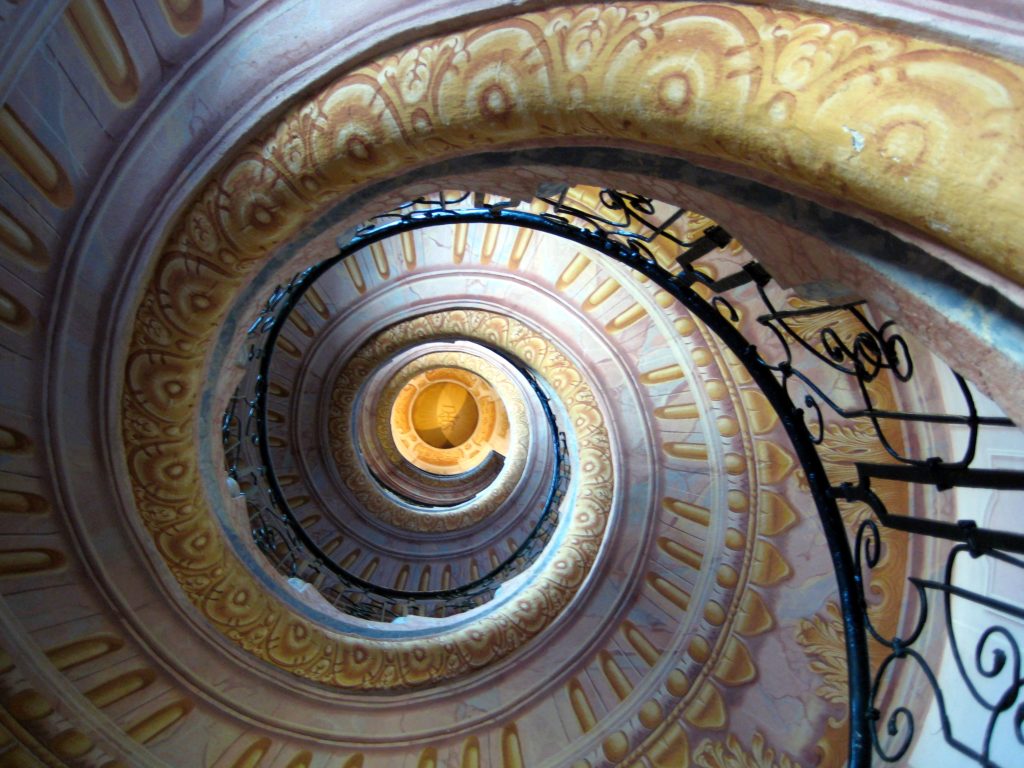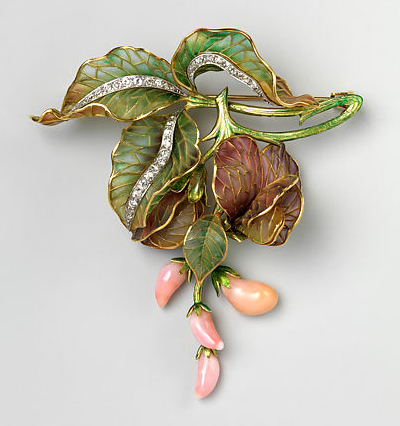In 2019, I emailed 156 art-related items to my members of my free Sunday Recommendations list. (To join, just ask me: DuranteDianne@gmail.com.) For supporters, I recommended 52 more items. The items in this post – my own favorites – include eight items that were originally shared only with supporters.
Literature
Novel
Wister, Owen. The Virginian (1902). This is sometimes counted the first cowboy novel. Its hero is not highly educated but is nevertheless intelligent, self-confident, honest, and hardworking, and has impeccable integrity. He has, in fact, the most appealingly American sense of life I’ve come across in a long time in fiction. This is not a fast-paced story, but I enjoyed spending time with the Virginian, and what I thought were disparate stories (romance and cattle rustling) did come together at the climax. For a sample of what appeals to me, go to the Project Gutenberg version and search “It was warm – warm and beautiful upon Bear Creek.” That will take you to a section where the Virginian is talking to the school teacher he’s in love with. Note: I listened to the Audible version of this book read by Jack Garrett. The accents are done well, and I prefer hearing them to seeing words spelled out in dialect. And another note: on Western movies vs. Progressive education, see the article “There Once Were Giants” by John Marini (HT Timothy Sandefur).
Short Stories
Webster, Henry Kitchell. “The Painted Scene,” 1914. Audio version here. In November 2019, I published the first volume of HKW’s collected short stories, covering 1901-1912. “The Painted Scene” will appear in volume 2, sometime in 2020.
Poetry
Which of these is top of my list depends on my mood:
- Mackay, Charles. “No Enemies.” This one came to mind while working on the Reynolds Affair talk. Mackay (1812-1889) was a Scottish poet and journalist.
- Tennyson, Alfred Lord (1809-1892). “Ulysses”. The set-up: After fighting in the Trojan War and a struggling through a ten-year journey home, Ulysses (in Greek, Odysseus) has returned to his wife Penelope and son Telemachus at Ithaca, a rugged island off the west coast of Greece. If you absolutely positively can’t spare the time to read it all … at least read the last six lines. (You might want to reread my translation of Kavafy’s “Ithaca” after reading this. If you’re a supporter, it’s in the compilation of recommendations.)
- Quent Cordair, “To Your You Being You.” A perfect New Year’s toast. It’s available in his collection My Kingdom.
- Taylor, Bayard (1825-1878). “Bedouin Song” (ante 1900). The card I gave my husband when we were married 33 years ago had a Kay Nielsen image and this poem:
From the Desert I come to thee
On a stallion shod with fire;
And the winds are left behind
In the speed of my desire.
Under thy window I stand,
And the midnight hears my cry:
I love thee, I love but thee,
With a love that shall not die
Till the sun grows cold,
And the stars are old,
And the leaves of the Judgment
Book unfold!
Look from thy window and see
My passion and my pain;
I lie on the sands below,
And I faint in thy disdain.
Let the night-winds touch thy brow
With the heat of my burning sigh,
And melt thee to hear the vow
Of a love that shall not die,
Till the sun grows cold,
And the stars are old,
And the leaves of the Judgment
Book unfold!
My steps are nightly driven
By the fever in my breast,
To hear from thy lattice breathed
The word that shall give me rest.
Open the door of thy heart,
And open thy chamber door,
And my kisses shall teach thy lips
The love that shall fade no more
Till the sun grows cold,
And the stars are old,
And the leaves of the Judgment
Book unfold!
Poetry-related: Camille Paglia’s Break Blow Burn and Berton Braley’s autobiography, Pegasus Pulls a Hack, 1934, from which supporters received numerous excerpts.
Painting & Drawing
- Parrish, Maxfield. Daybreak (1922). There’s some dispute over the original colors of this painting: for more on that and on Parrish’s painting technique, see this page and this one. Whatever its original color was, Daybreak was so immediately popular that within three years of its publication, it was estimated that one in four American homes had a print of the painting. Learn what made Parrish’s work unique and popular, as well as the obstacles he surmounted, in my newly released book Artist-Entrepreneurs: Saint Gaudens, MacMonnies, and Parrish.
- Edelfelt, Albert. The Parisienne (Virginie) (1883). I illustrated Edelfelt’s Louis Pasteur in my post on five favorites from the Musee d’Orsay, but I hadn’t seen this charming work. Thanks to Ellen K. for introducing me to Virginie! The original is at the Joensuu Art Museum in Finland.
- Lawrence, Sir Thomas. The Calmady Children (Metropolitan Museum Favorites) (1823). Think of the historical, philosophical, and economic progress that led to a famous portraitist creating this charming image of two children born into a family that was neither royal nor noble! The artist once described this as “my best picture … one of the few I should wish hereafter to be known by.”
- Joaquin Sorolla. A Walk on the Beach, 1909. In Innovators in Painting (in progress), the last major innovation is the use of color in shadows. Sorolla was an early adopter. I usually prefer more precision in paintings, but I love the colors here and the way he captures the motion of wind and sea.
- Han Gan. Night-Shining White, ink on paper (ca. 750). According to the Metropolitan Museum of Art’s site, this is “a portrait of a charger of Emperor Xuanzong (r. 712–56). With its burning eye, flaring nostrils, and dancing hoofs, the fiery-tempered horse epitomizes Chinese myths about Central Asian ‘celestial steeds’ that ‘sweated blood’ and were actually dragons in disguise.” The technique of the drawing is a lovely reminder that the innovations of the artists who created cave paintings – including shading for form and variations to indicate texture – continue to be essential for all those who represent reality in two dimensions.
- Mathews, Arthur Frank. Monterey Cypress, California (ca. 1930). Now and then (when temperatures there aren’t hitting 105 degrees), I miss California. Works such as this one slake my thirst. Mathews (1860-1945) is credited with bringing the Arts and Crafts movement to California. This painting is at the Los Angeles County Museum of Art. The Metropolitan Museum has his Afternoon among the Cypresses, ca. 1905-1906. The largest collection of his works is at the Oakland Museum.

Mathews, Monterey Cypress, California, ca. 1930 
Parrish, Daybreak, 1922 
Lawrence, Calmady Children, 1823. Photo: MetMuseum.org 
Edelfeldt, La Parisienne, 1883 
Han Gan, Night Shining White, ca. 750. Photo: MetMuseum.org
This year I saw exhibitions of the works of several great illustrators: N.C. Wyeth, J.C. Leyendecker, and Alphonse Mucha. The links will take you to my albums of the exhibitions on Facebook.
If you’re looking for depressing, I guess you’ll have to go somewhere else … No, wait: Leonardo’s St. Jerome, which was on exhibition at the Metropolitan Museum for a few months in 2019, is depressing as a subject, although it would have been a great work of art, had he finished it. I wrote about it in detail here.
Sculpture
- Schott, Walter. Untermyer Fountain (before 1910) is one of my favorite Central Park sculptures.
- French, Daniel Chester. Continents, 1907.
- [Greek]. Veiled Dancer (Metropolitan Museum) (3rd-2nd c. BC). Since I first saw a photo of this in Janson’s History of Art forty-odd years ago, I’ve been fascinated by it. Although the figure is heavily veiled, you can tell she’s dancing by the twist of her spine, the angles of her elbows, the tilt of her head, and the slight lift of her foot. You can even tell she’s turning to her right, by the way the fabric of her robe drags behind her. Until the 4th century BC, sculptures were meant to be seen head-on, even if they weren’t against walls or in niches. But you can move around this 8-inch-tall sculpture an inch at a time, and always find a satisfying new angle or detail to look at. One of the most amazing anniversary gifts my husband ever gave me was a reproduction of this piece. At the moment, the reproduction isn’t listed in the MMA’s shop; but that might change.
- Anjou, Danielle. Gratitude II and Hammer-Thrower. Last July when I walked into Quent Cordair Fine Art before giving my artist-entrepreneurs talk, I was blown away by this artist, whose works I hadn’t seen before. See Anjou’s work here.
- Zenos Frudakis, Freedom, 2000.
- Chambellan, Rene, with Jacques Delamarre. Chanin Building: City of Opportunity reliefs (north and east entrance vestibules) (1927-1929). These eight gilt-painted plaster reliefs were sculpted at the same period as Lawrie’s Atlas at Rockefeller Center. Like Atlas, all these figures are exerting force, but because their heads are in the right proportion to their bodies and they’re looking where they’re going, they seem to be moving with purpose rather than just exercising their muscles. The reliefs symbolically portray aspects of the City of Opportunity: Effort, Activity, Endurance, Enlightenment, Vision, Courage, Achievement and Success. According to a contemporary account, they tell “the story of a city in which it is possible for a man to rise from a humble station to wealth and influence by sheer power of his mind and hands.” (C. Adolph Glassgold, “The Decorative Arts,” The Arts, 15 [April 1929], p. 273; quoted in the Landmarks Preservation report on the Chanin Building.)
Photos not credited are copyright © 2019 Dianne L. Durante.

Chambellan, Chanin Building reliefs, 1927 
Schott, Untermyer Fountain, before 1910 
French, America (Continents), 1907 
Anjou, Gratitude II. Cordair.com 
Anjou, Hammer-Thrower. Cordair.com 
Veiled Dancer, 3rd c. BC. MetMuseum.org 
Frudakis, Freedom, 2000
A glowing memory: visit to the Modern Art Foundry in New York City to watch bronze sculptures being cast. Blog post here.
Music
Classical, including Opera
- Bach, Johann Sebastian. Concerto for Two Violins (Double Violin Concerto, BMW 1043) (1717). Performed by Arabella Steinbacher and Akiko Suwanai.
- Beethoven, Ludwig van. Ninth Symphony (1824). This page discusses the best recordings. This is one of my favorite symphonies, but I’ve listened to it so often that it’s difficult to hear it “fresh”. To give me a new perspective, authors such as Sachs are invaluable. In The Ninth: Beethoven and the World in 1824 (2010), Sachs puts Beethoven and the Ninth into their original context. He also mentions in passing less familiar works that I’m now eager to listen to again. My least favorite part of the book is Sachs’s description of Beethoven’s character. Like Michelangelo, Beethoven must have been a difficult man to deal with. But like Michelangelo, what he produced has brightened my life more times than I can count.
- Verdi, Giuseppe. “Dio, che nell’alma infondere” (Don Carlo, Act I, sc. 3) (1867). One of my favorite discussions of literature is Leonard Peikoff’s Great Plays course, which includes a lecture on Schiller’s Don Carlos. As it happens, my first experience really understanding the basics of opera (how the music, lyrics, acting, sets worked together) was listening to Sandra Schwartz talk about Don Carlo and then seeing the opera on video. This aria from Don Carlo is still one of my favorites in the operatic repertoire, for the music and for the aspiration. Set-up: King Philip of Spain has married the woman his son Carlo loved. Carlo, with his friend the Marquis of Posa, resolves to go to Flanders to lead the revolution for liberty and against oppressive Spanish rule. The link is to a performance by a great tenor (Placido Domingo) and a great conductor (James Levine: let’s not do the baby / bath water bit), with an impressive set (Metropolitan Opera, 1983). The video has subtitles; “Dio, che nell’alma infondere” begins at 3:42. Try listening to it without reading them first: the content is very religious. Peikoff’s Great Plays course is available in the original audio or as a book.
Bonus: Video of Gerard Schwarz explaining the basics of conducting.
Broadway & Popular
- “Anthem” (1988 / 2010). Not every song needs to be taken literally. I think of this one as a song about loyalty to ideas that matter to you – to the country of the heart, as it were. I tear up every time I hear it. “Anthem” is from the Broadway show Chess, with music by Benny Andersson and Björn Ulvaeus of the pop group ABBA and lyrics by Tim Rice. I’m giving you links to a very choppy 1988 video with David Carroll, who originated the role (cf. this version), and a more recent, higher quality video with Rodrick Dixon.
- “Into the Fire” (1997). This is my favorite courage-under-fire song. Two years ago I wrote up the Scarlet Pimpernel musical for Genius.com. The Genius pages on the Scarlet Pimpernel have over 7,000 views, which makes them some of my most popular writing.
- Louis Armstrong Meets Oscar Peterson (1957). One of my favorite Armstrong albums – great pick-me-up music when you’re tired of Christmas carols. Includes “I’ll Never Be the Same,” “How Long Has This Been Going On?” and “I Get a Kick Out of You.”
Video
Feature-Length Films
- Trouble in Paradise (1932). A charming romantic comedy directed by Ernst Lubitsch: beautiful people, costumes and sets, and witty dialogue. In 100 Voices, Harry Binswanger mentions it as a movie that Ayn Rand liked.
- Meet Joe Black(1998). Anthony Hopkins as an admirable businessman and Brad Pitt as Death come for a visit. I always thought of Pitt as just another pretty face, but oy, the man can act! He and Hopkins together are a delight. Trailer in English here, under Related Videos. (On IMDB, the trailer is in Spanish.) IMDB tells me this is a remake of the 1934 Death Takes a Holiday, which I haven’t seen.
- Rocketman (2019). Days after seeing this movie, I was still humming Elton John’s music. The film is a musical fantasy rather than a documentary. John was the executive producer and his husband was co-producer, so no, this isn’t a smear job; it covers 20 years of his youth, his rise to fame, and his addiction and recovery. John and Bernie Taupin comment on the film’s accuracy in this New York Times article. Taron Egerton, who plays John, did a wonderful job – and yes, he sang the songs (trailer here). On the innovations used in sound mixing, see this article. Don’t miss the credits, where stills from the movie are juxtaposed with stills from John’s career.
TV Series
The Unbreakable Kimmy Schmidt (2015-2019). This Netflix series has unique and hilarious characters who never give up … but who carry on in unexpected ways. Kimmy missed a decade or more of popular culture, and her commentary on what she sees when she moves to New York is very refreshing. Written by Tina Fey and Robert Carlock; stars Ellie Kemper, Jane Krakowski, Tituss Burgess, and Carol Kane.
Architecture
- Brooklyn & Manhattan Bridges at Dawn, 2019.
- Spiral staircase at Melk Abbey (1702-1736). The current version of Melk Abbey, built in high Baroque style, towers on a cliff above the Danube River in Austria. The staircase from one level of the library to the other is absolutely stunning.
- Post, George B., architect. Williamsburgh Savings Bank / The Weylin (1875). This was constructed as a bank and was recently refurbished to its original glory and transformed into a magnificent event space. See the two rotundas, here and here, and the exterior here. (Photos not included below for copyright reasons.)
- Mould, Jacob Wrey. Ladies Pavilion, 1871. Central Park.
Photos not credited are copyright © 2019 Dianne L. Durante.

Mould, Ladies Pavilion, Central Park, 1871. 
Manhattan Bridge and Lower Manhattan 
Staircase at Melk Abbey, ca. 1702-46. Aconcagua / Wikipedia
Decorative Arts
- Bugatti, Carlo. Writing desk (ca. 1902). What would you be inspired to write at this fantastically ornamented Art Nouveau desk? The writing surface is vellum (parchment); the decorations are copper and pewter over walnut. More info on the Metropolitan Museum’s site. (Carlo is the father of Ettore Bugatti, whose name will be familiar if your a vintage-auto fan.)
- Jordan, Johann August. Ruby and diamond pendant (garniture from the Polish Order of the White Eagle) (1744). I have thought-provoking and inspiring art everywhere in my home – except by my desk. When I look up from my computer to work out a thought, that kind of art would be distracting. Instead, I keep images such as this piece of jewelry from the Grünes Gewölbe (Green Vault) at the Staatliche Kunstsammlungen Dresden. It’s gorgeous enough and complicated enough to hold my interest. If my brain’s stuck in a loop, I count the rubies and diamonds, or study how the jeweler made it not quite radially symmetrical. I could probably get the same effect from a William Morris wallpaper, but this postcard was given to me by my daughter, so it’s got fond memories attached.
- Marcus & Co. Plique-à-jour enamel brooch in the shape of a sweet pea (Metropolitan Museum of Art Favorites) (ca. 1900), seen at the Metropolitan Museum’s Jewelry for America exhibition (closed 4/5/2019). Plique-à-jour is an enamel-and-metal technique that allows light to shine through the enamel: think stained glass on the scale of jewelry. The skill and beauty of this three-inch-high piece leave me speechless. For other gorgeous samples of plique-à-jour, see this page – my favorites are the last two. This excerpt from a blog post by a woman who has created plique-a-jour pieces for 25 years gives an idea of the labor involved: “A small demitasse cup takes approximately 40 hours to make, so for heavens sake pre-design well. You don’t want to spend all that time and have a clunker on you hands!! I personally rely on Japanese kimono designs. They are compact, well thought out and do very well. You will be repeating the design ad nauseum so make it pretty. The world and work has no more need for ugly things. Design well.”

Johann August Jordan. Ruby and diamond pendant (garniture from the Polish Order of the White Eagle) (1744). Photo: J. Karpinski. 
Bugatti, Desk, ca. 1902. MetMuseum.org 
Marcus & Co., Brooch, ca. 1900. MetMuseum.org
Nonfiction
Smith, Tara. “To Imagine a Heaven – and How ‘Sense of Life’ Can Help You To Claim It” (2011). A friend (thanks, Dale F.!) highly recommended this talk and in turn, I highly recommend it to you.
More
- In 2019 I published two books of my own (on artist-entrepreneurs of the late 19th century, and on Alexander Hamilton and the Reynolds Affair), two books by Henry Kitchell Webster (a novel and a collection of short stories), and dozens of videos on YouTube. For more of my writings, see the chronological list on the Books and Essays page.
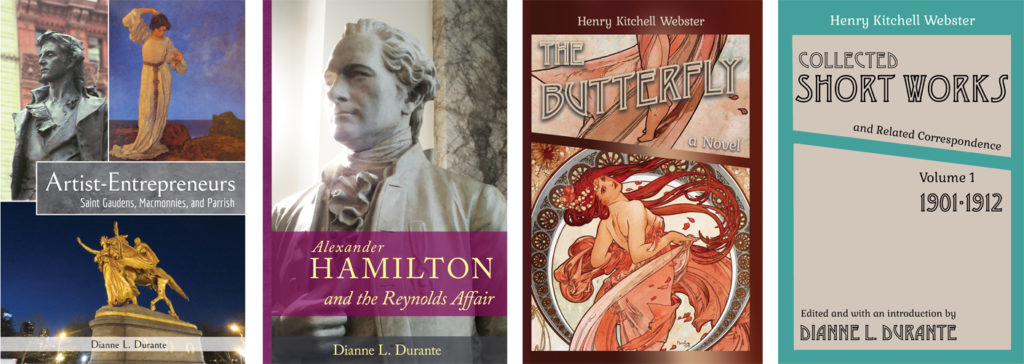
- See also Top Recommendations from 2017 and Top Recommendations from 2018.
- Want wonderful art delivered weekly to your inbox? Check out my free Sunday Recommendations list and rewards for recurring support: details here.
